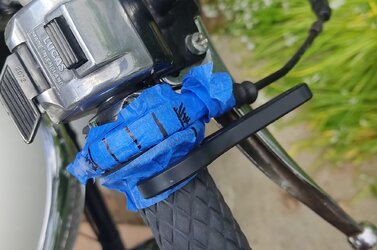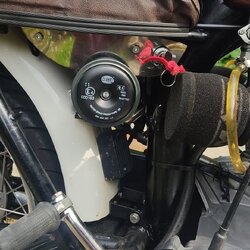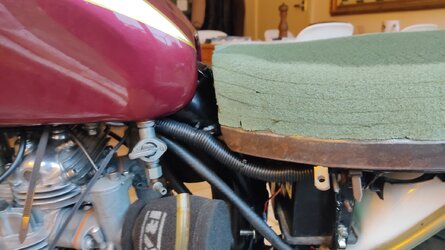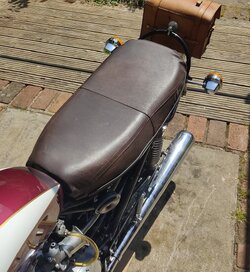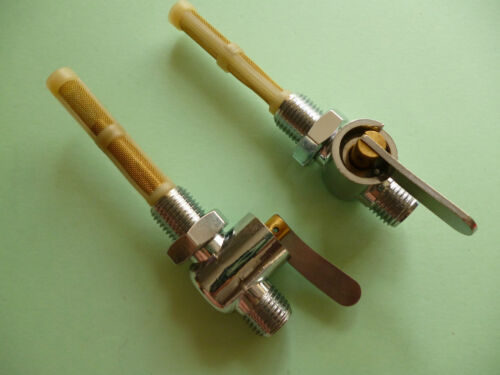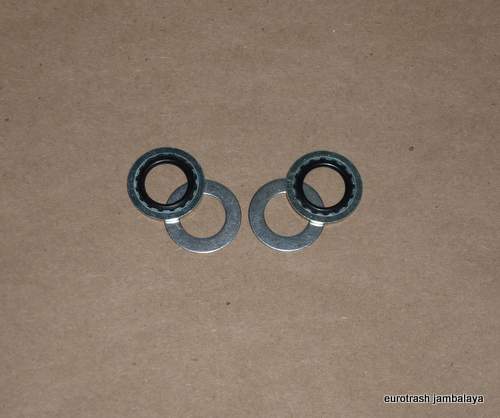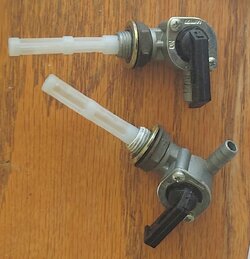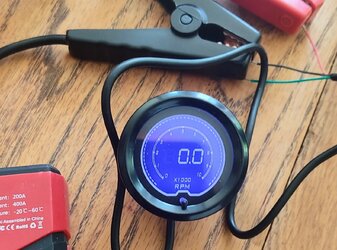Not true. Main jet size affects the mixture throughout the rpm range. Is why every Amal tuning guide says to tune w.o.t. first ... because then nothing else in the carb is affecting the mixture.
I discovered main jet size affects the mixture throughout the rpm range when I took the bike on a long journey. No way I was riding a triple at w.o.t. all the time, or even most of the time, but main jet size changed the fuel consumption noticeably = one size = 5 mpg.
Given the standard main jets in a T120, I highly doubt these are correct if your bike does not have standard air filters and possibly has less restricted silencers. Ime, more likely the previous 'tuner' set the main jet size for fuel consumption and never rode the bike at w.o.t.
Finding something like a main jet so far from standard, when neither air filtration nor exhaust are standard, I would never follow what any previous 'tuner' (and I use the inverted commas advisedly) did. A pair of standard genuine Amal main jets might not be cheap but they are a lot cheaper even just for a starting point than a complete engine strip because it objected to your tuning efforts by lightening one or both pistons for you ...
If you think tuning for a one off air filtration and exhaust combination is going to be cheap, refit all the standard parts and fiddle with something else.

Precisely.
Consider replacing that tap (and its twin on the other side), they break easily just under the tank.

I saved a near full tank of fuel because the-then girlfriend was close by and could fetch empty cans, tip full into car, etc. while I held a finger over the hole in the tank. Others with same have been less lucky ...

